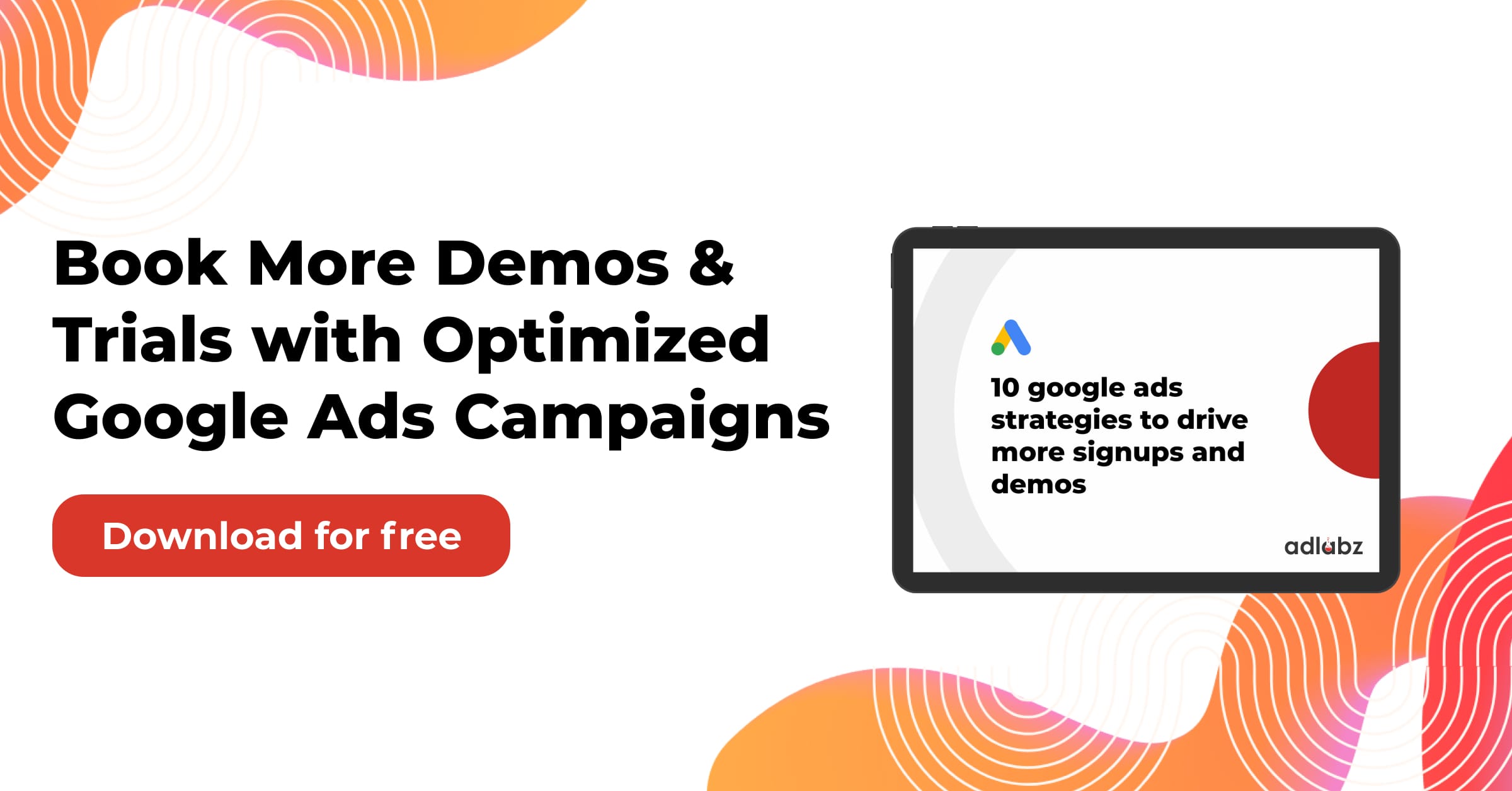Digital marketing pros are always looking to up their game, especially when budgets are tight. A globally can seem cool, but it isn’t always effective. Now, diving into local PPC with geo-targeting? That’s smart. This way, your ads reach just the right folks, making them more efficient & impactful.
Jump to:
The Importance of Geo-Targeted Campaigns
Mastering Location Targeting in Google Ads
Advanced Strategies for Local PPC
Introduction to Geo-Targeting in PPC: The New Frontier of Digital Marketing
In today’s-moving digital world,-Per-ClickPPC) advertising is crucial. It helps businesses grow by their online presence. All its strategies,-targeting stands out—especially for those wanting to make a local impact.

Geo-targeting in PPC isn’t just about reaching any audience’s about reaching the right one in the right place. This method goes beyond the usual one-size-fits-all approach. It allows businesses to focus their ads on specific areas. This isn’t just helpful—nowadays, it’s downright essential.
As businesses struggle to stand out online, geo-targeting offers super specific & relevant targeting. It understands local markets and adapts to the unique cultural, social & economic aspects that make each place unique. Maybe it’s a small café trying to draw in nearby folks or a regional brand wanting to boost its local reach—geo-targeting in PPC makes this easier and more effective than ever.
This article dives into geo-targeting & explores its basics and how vital it is for shaping local PPC strategies. Plus, we’ll offer some handy tips to master this powerful tool. From basics to advanced techniques, you’ll learn how to transform your local PPC campaigns with the precision and power of geo-targeting.
Understanding Geo-Targeting: The Art of Location-Based PPC
Geo-targeting is about delivering content based on someone’s location. In PPC terms, this means creating ads for folks in certain spots. The targeting could be as big as a country or as small as a neighborhood.
What sets geo-targeting apart is its ability to tap into local details—offering a personalized ad experience that resonates with local vibes.
When geo-targeting first emerged, it was a game-changer in digital marketing. Traditional broad ads cast a wide net but often missed connecting with specific groups. Geo-targeting brought focus not just by reaching people but by reaching the RIGHT people where your message hits hardest.
Businesses using geo-targeted PPC campaigns can gain many benefits:
- Enhanced Customer Relevance: Ads become more engaging as they match local interests & needs.
- Increased Conversion Rates: Relevant ads often get more clicks and conversions.: Focused spending reduces wasted ad money.
- Cost-Effectiveness: Geo-targeting minimizes wasted ad spend by focusing resources on areas with the highest potential return.
- Competitive Edge: Businesses look better by appearing more connected with locals.
In digital marketing’s ever-evolving landscape, geo-targeting has become an essential tool for businesses aiming for a strong local presence. It’s particularly useful in industries where locality matters—like retail, food services & local services.
As we delve deeper into how geo-targeting works, we’ll see it’s about more than just setting geographic limits; it’s about understanding various locales’ vibes & adapting to them. The success of geo-targeting lies in blending ads with local insights—creating an ad harmony that resonates with targeted communities.
The Importance of Geo-Targeted Campaigns in Amplifying Local Reach
Geo-targeted PPC campaigns are key for businesses striving for a strong local presence. This approach connects companies more meaningfully with their audience by catering to local tastes, events & cultural nuances.
Here’s why these campaigns matter:
- Localized Messaging for Greater Resonance: Using local landmarks or slang makes ads hit home more deeply with audiences.
- Cost-Effective Advertising: Using local landmarks or slang makes ads hit home more deeply with audiences.
- Competitive Advantage in Local Markets: Focusing on high-conversion areas optimizes spending.
- Improved Customer Engagement and Loyalty: Small companies can compete better against big ones by focusing locally.
- Higher Conversion Rates: People feel closer to brands that seem locally aware.
- Better Analytics and Insight: Localized ads usually perform better.
Imagine a boutique in New York City targeting ads specifically at Manhattan residents—even tailoring messages for different neighborhoods! The ads might mention local events or community news—making them feel familiar & relevant.
To sum up, geo-targeting in PPC isn’t just a tactic—it’s a strategy syncing your ads with local market rhythms. It lets businesses communicate directly within their audience’s context—crafting more impactful campaigns that perform better than before.
Mastering Location Targeting in Google Ads for Enhanced Local Impact
Optimizing location targeting in Ads is really important. This lets businesses fine-tune their campaigns to reach folks in specific areas—from whole countries to neighborhoods or even certain buildings. Here’s a guide to help you navigate location targeting in Google Ads:
Understanding Google Ads Location Options:
- Countries: Good for businesses that serve customers nationwide or globally.
- Areas Within a Country: Target specific states cities or postal codes; Handy for regional businesses or those with lots of locations.
- Radius Targeting: Choose a radius around a spot; Great for stores or restaurants with physical presence.
- Multiple Locations: Target up to 1 000 places within one country; Useful for businesses with wide reach.
Setting Up Location Targeting:
- In Google Ads pick your campaign and go to the “Settings” tab
- In the “Locations” section you can add or leave out specific areas
- Use the search function to find places by country state city postal code or even landmarks like airports
- Google gives an estimated reach for each place helping you guess potential audience size

Advanced Location Targeting Features:
- Use “Advanced Search” for precise targeting including radius or proximity targeting around point
- Bulk add locations for big campaigns
- Google Ads’ smart algorithm gives suggestions based on campaign goals & past performance

Leveraging Location for Maximum Impact:
- Tailor ad copy and offers reflect on events locally promotions
- Watch performance metrics closely see which places give best ROI
- Keep refining your location targeting based campaign data trends
Using these tricks in Google Ads helps folks show better ads to the right people. By focusing on specific spots, can make their campaigns work better, ensuring their messages reach the right folks at the perfect time.
Advanced Strategies for Elevating Local PPC Campaigns
Making PPC campaigns better needs new ideas, checking data, and really knowing your market. Here are some smart ways to improve local PPC efforts:
- Strategic Exclusion of Locations:
- Don’t just target specific places; also figure out where your ads won’t work well. Skip regions where your stuff isn’t available or where you’ve had bad results before.
- Incorporating Hyperlocal Keywords:
- Use words that local people use & understand. This means adding things like landmark names, neighborhoods, or popular local phrases. This way, your ads show up in super-local search results.
- Employing Local Language and Cultural Nuances:
- Change your content to mirror local speech or cultural things. This makes a stronger bond with your audience, making your ads seem friendlier and more effective.
- Add Extensions for Local Touch:
- Use location extensions to show your business address & phone number. Add call extensions with clickable numbers. This makes it easy for folks to contact you and ups your ad’s visibility and trustworthiness.
- Gather Local Insights for Targeted Messages:
- Use tools like Google Trends to find popular search terms in certain areas. Match your ad messages with these trends to make them more relevant and engaging.
- Focus on Mobile Friendliness:
- Use tools like Google Trends to find popular search terms in certain areas. Match your ad messages with these trends to make them more relevant and engaging.
- Keep Testing & Tweaking:
- Check different parts of your PPC campaigns regularly—like the ad text, keywords, and targeting settings. Use A/B testing to find out what works best for your local audience and keep improving based on how things are going
By implementing these advanced strategies, businesses can significantly enhance the effectiveness of their local PPC campaigns. It’s about understanding the local market dynamics and continuously adapting your strategies to meet the ever-changing needs and preferences of your target audience.
Conclusion
In our digital world, geo-targeting in local PPC campaigns really matters! It helps businesses connect with people on a personal level.By understanding and using the details of local markets, advertisers can create eye-catching campaigns that grab attention & drive real engagement and conversions.
The future looks bright for geo-targeting, with new tech allowing even more precise options. As how consumers behave keeps changing—so will how we reach them. Businesses that stay ahead by updating their local PPC strategies will likely do well in this ever-changing environment.
Geo-targeting isn’t just a marketing trick; it’s a bridge between businesses & their local communities. It builds relationships based on relevance & mutual understanding. Looking ahead—the potential for geo-targeting to transform local ads is big time! It offers unique chances for businesses ready to dive into all it offers.
If you wish to harness the full potential of your local PPC campaigns, a Google certified PPC agency like Ad Labz can help you out.




